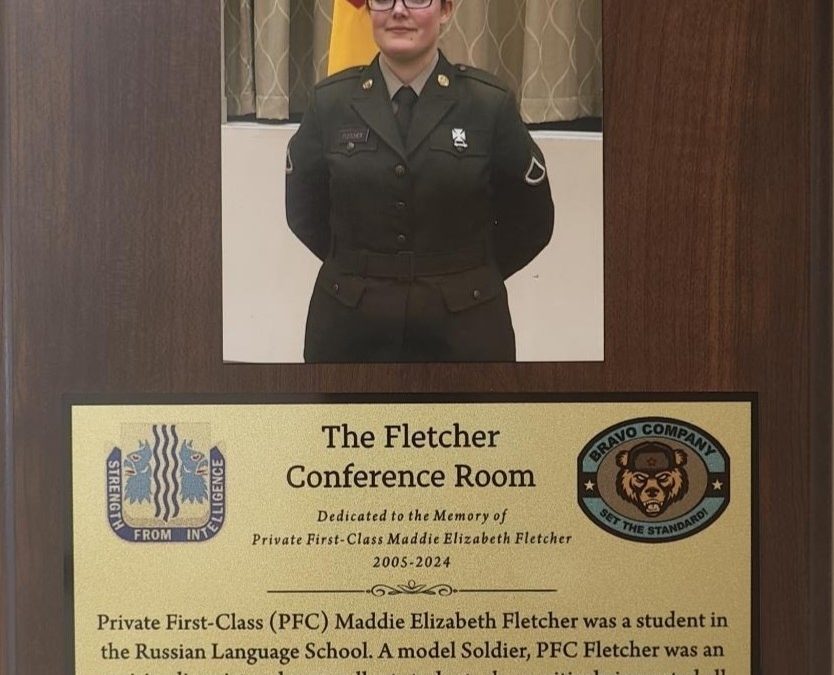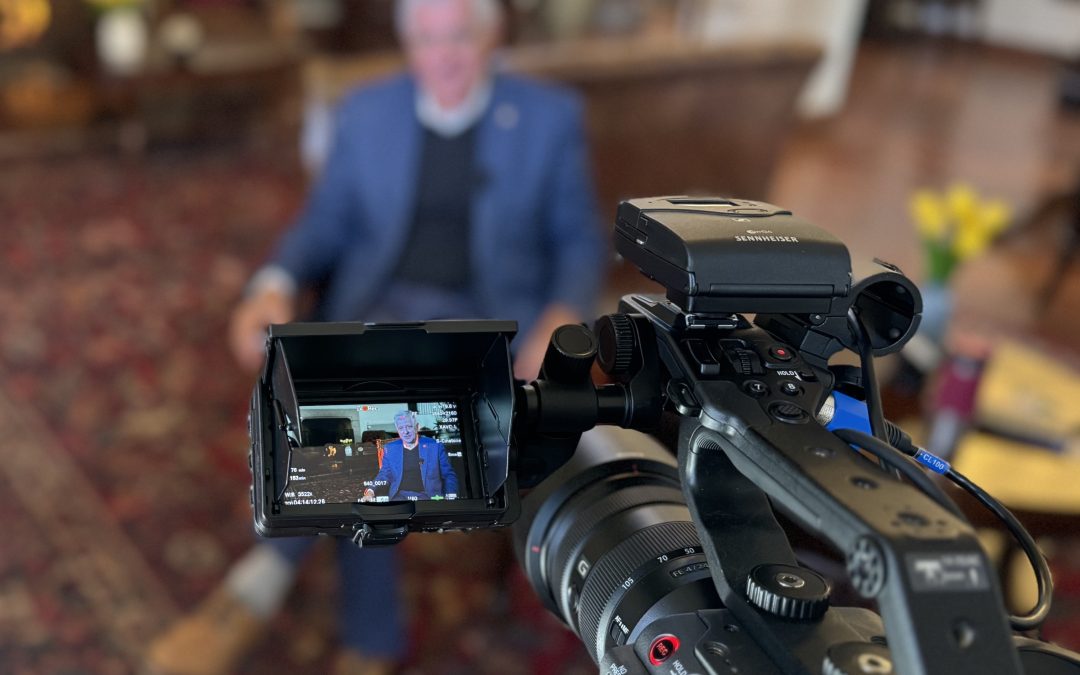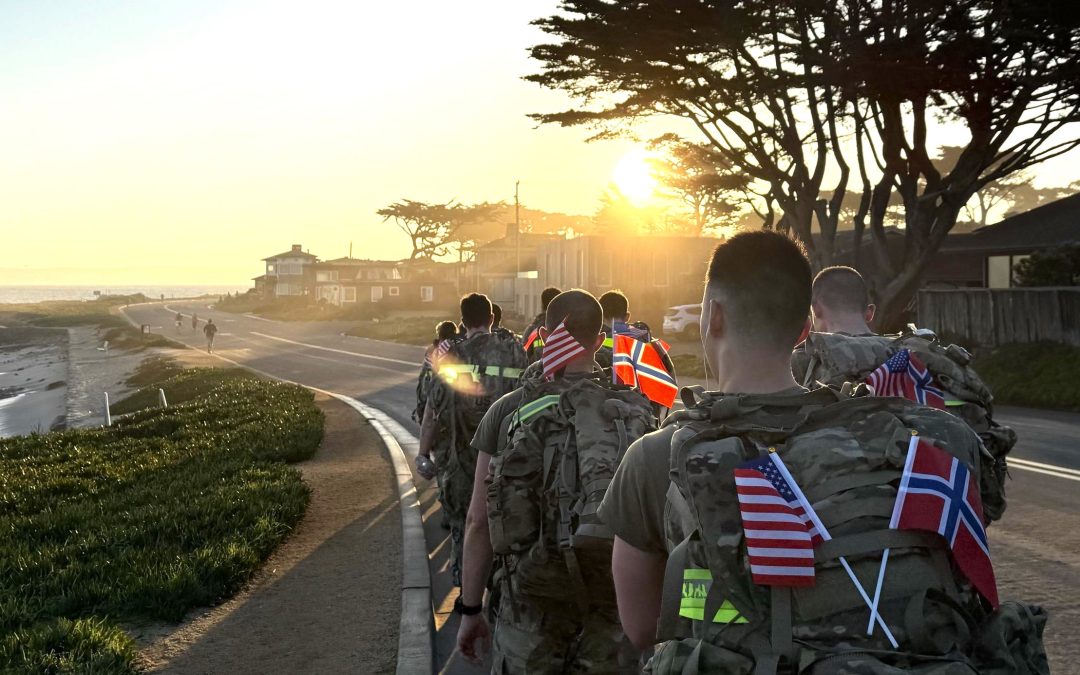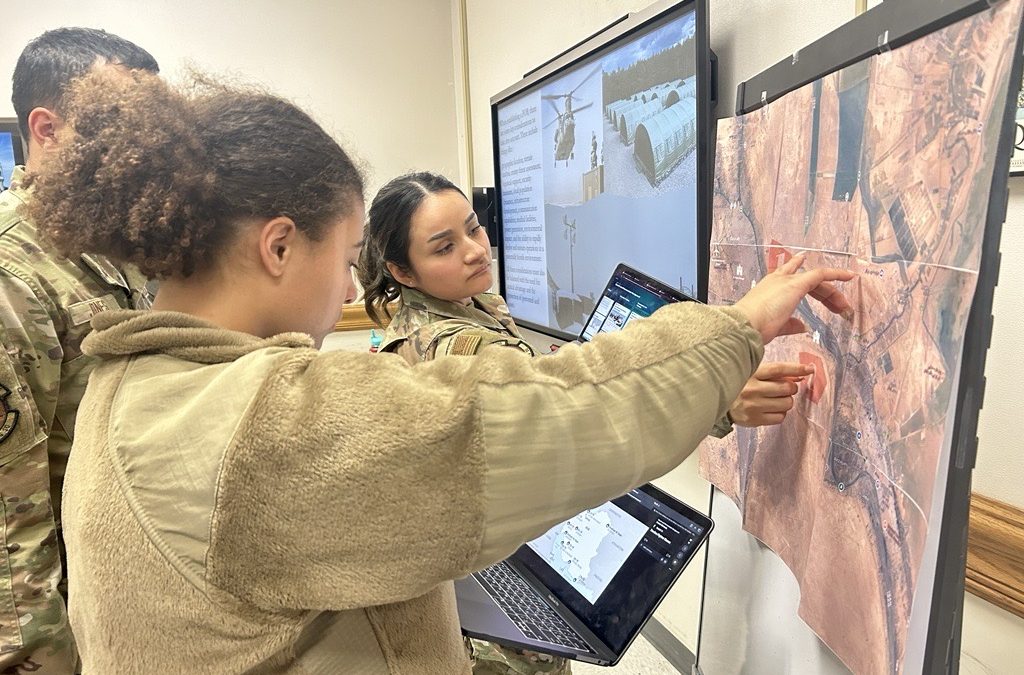By Patrick Bray
DLIFLC Public Affairs

Former ambassador to Fiji David Lyon spoke about embassy settings at the Joint Foreign Area Officer course Jan. 26. (Photo by Patrick Bray, DLIFLC Public Affairs)
MONTEREY, Calif. – The Defense Language Institute Foreign Language Center hosted the Joint Foreign Area Officer Course Jan. 25-29 at the Weckerling Center on the Presidio of Monterey, California.
FAOs, who come from the four branches of the U.S. military, are regionally focused and are considered experts on political-military issues. Once their FAO training is completed, they are expected to serve as defense attachés, security cooperation officers and political-military planners worldwide.
Former ambassador to Fiji David Lyon spoke about embassy settings Jan. 26, where FAOs will work with Foreign Service Officers together on a day-to-day basis to promote diplomacy and solve problems before they become disputes.
“In the field the most important relationship is between the ambassadors and the geographic combatant commanders,” said Lyon.

Former ambassador to Fiji David Lyon spoke about embassy settings at the Joint Foreign Area Officer course Jan. 26. (Photo by Patrick Bray, DLIFLC Public Affairs)
Ambassadors are appointed by the president, confirmed by the Senate and are the personal representatives of the President in a foreign state. All U.S. personnel in a country are under the direction of the ambassador except in a situation where a geographic combatant commander has jurisdiction over Defense personnel, such as U.S. Pacific or European Command.
The second most important person in an embassy is the deputy chief of mission and is the key adviser to the ambassador.
“FAOs live in both worlds (Department of State and Defense). You have to satisfy your immediate boss in the embassy and your home agency,” said Lyon.
Breaking down the staff structure of an embassy, Lyon informed the FAOs of who they will be working with when they arrive at their duty stations. U.S. embassies and consulates are made up of consular and management sections, political and economic sections, public diplomacy and public affairs sections, and regional security officers and U.S. Marine security guards. FAOs work with Foreign Service Officers and other officers from every section on any number of issues.
All of these sections work together combined with strategic planning to promote U.S. diplomacy abroad, but it is still difficult to plan for what could happen next in the world.
“Foreign affairs is too squishy. It’s so difficult to predict the future. If someone had predicted the Arab Spring we could’ve had more Arabic linguists and more Foreign Service Officers in those countries,” said Lyon.
“Foreign Service Officers, just like FAOs, sign up for service and adventure, but without the expectation of putting our lives in danger. I really want to commend you for what you do and your service,” said Lyon.
Lyon retired from the U.S. Foreign Service in 2005 following a 33-year career with the Department of State. His final posting was to Suva, Fiji, where he served as Ambassador to the Pacific Island countries of Fiji, Kiribati, Nauru, Tonga and Tuvalu.




